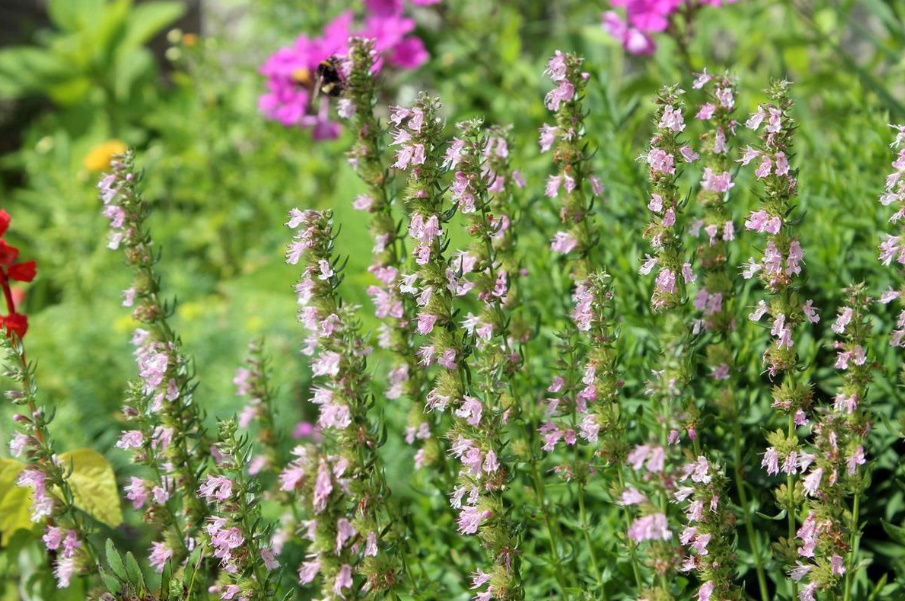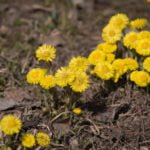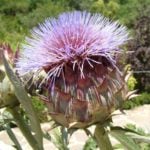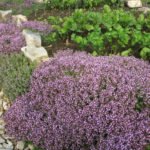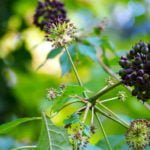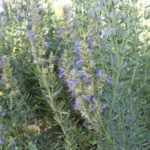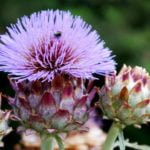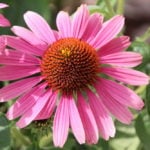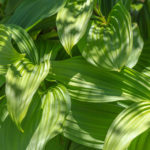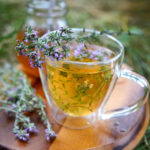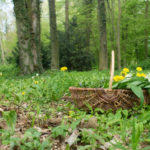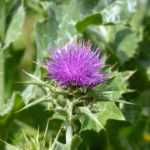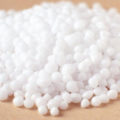This plant will attract the attention of not every person. It will not decorate a flower bed like arrogant roses or colorful petunias, it will not be able to cover an old barn or decorate a trellis. Hyssop plays by different rules — it attracts with its discreet soft beauty and perfectly emphasizes the more spectacular representatives of the flora. It comes in handy in spicy-aromatic and pharmacy gardens and deserves the respect of true connoisseurs of herbs.
Description of the plant
Hyssop is a genus of plants in the Lamiaceae family. It includes 7 species, one of which is the most typical and has received a large distribution — Hyssopus officinalis, syn. Hyssopus angustifolius. It is a perennial semi-shrub, the stems in the lower (ground) part become stiff and lignified closer to September. It is common in temperate climates of Africa and Eurasia.
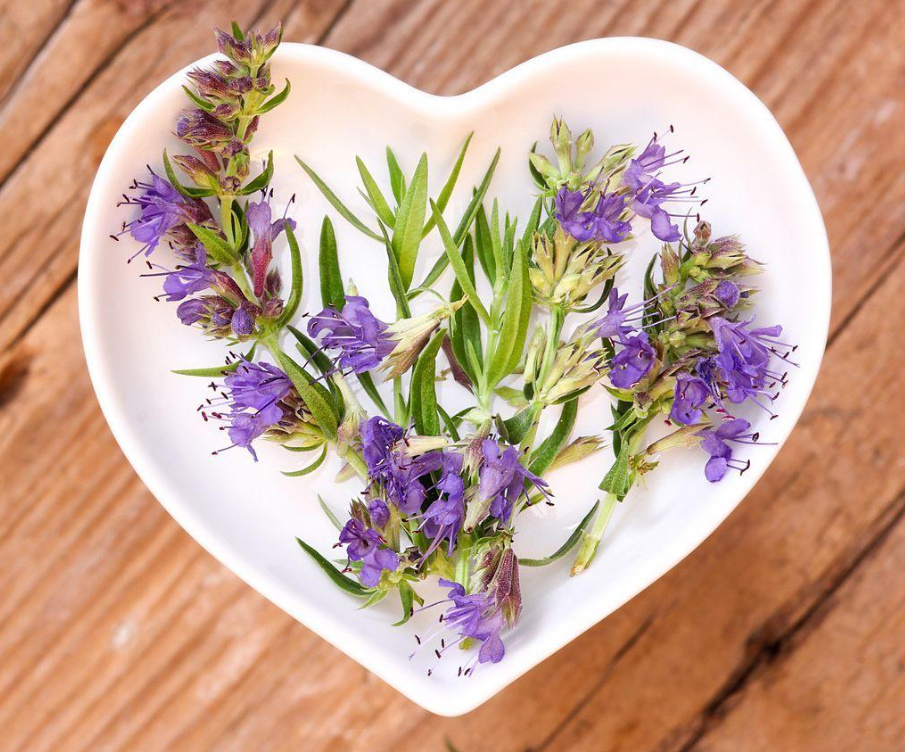
You can also find a rarer species of H. cretaceus, which is practically disappearing from the face of the planet. The third interesting species is H. ambiguus. It is especially rich in essential oils and therefore in demand in cooking, but it is difficult to purchase the planting material of this plant.
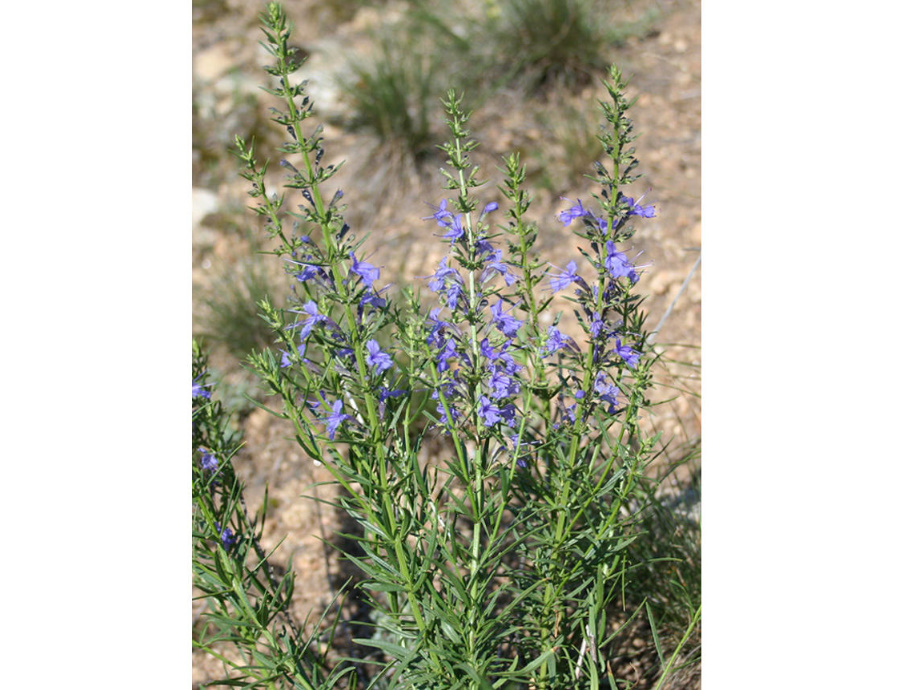
Hyssopus officinalis
As mentioned above, the most popular type of hyssop is Hyssopus officinalis, syn. Hyssopus angustifolius. The branched plant reaches 80 cm in height . Growing, it forms lush thickets. The stems are glabrous or slightly pubescent, tetrahedral. The leaves are opposite, lanceolate, light green in color.
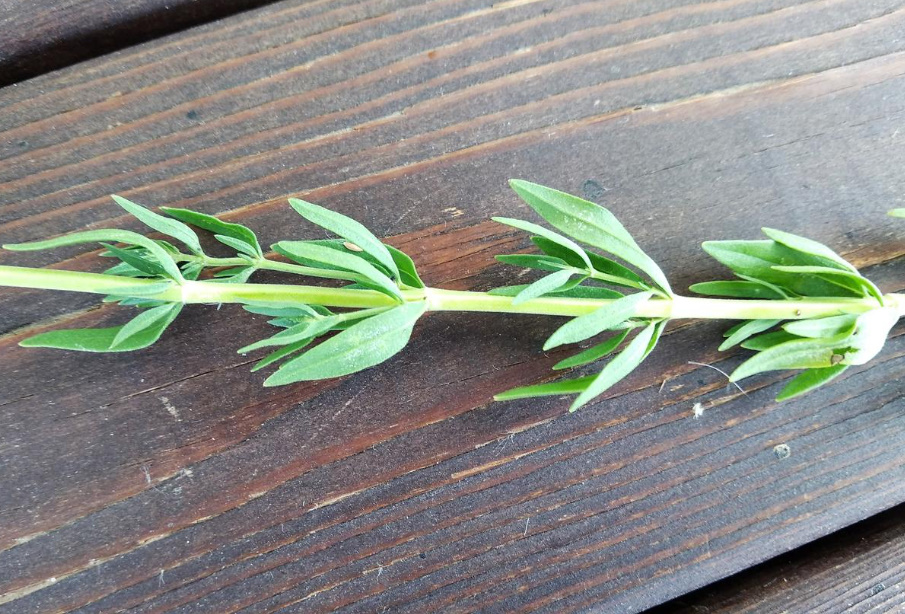
It begins to bloom in mid-June and continues until September. Individual flowers are small (7-10 mm), have 4 long stamens that protrude beyond the edges of the flower and give it a fluffy appearance. There are a lot of flowers in the spikelet, they bloom at the same time, they last for 5-7 days each, and therefore, in general, the plant remains decorative for a long time. The classic color of the flowers is considered to be blue, but there are also pink, white and purple.
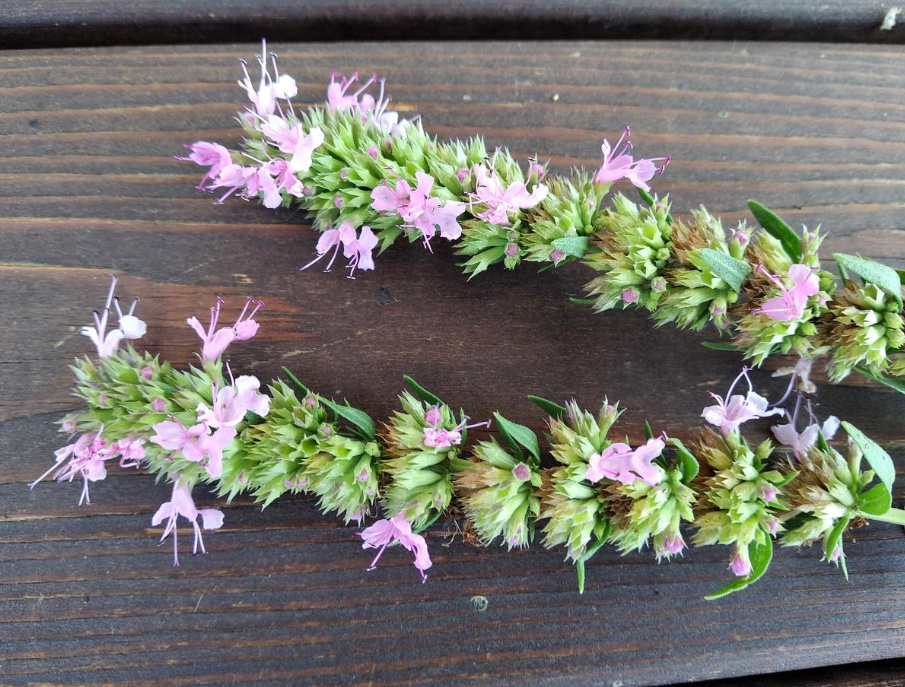
At the end of summer, the seeds begin to ripen. They are quite large, black in color, ripen well in the middle band, if desired, they are easy to assemble. By dropping seeds, hyssop propagates by self-seeding.
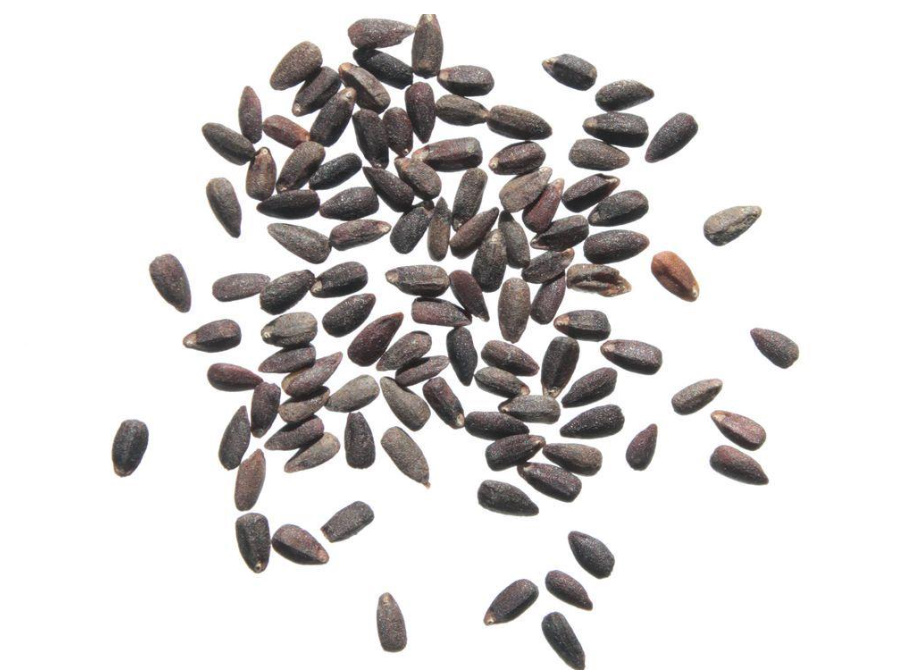
Hyssop cultivation
Hyssop is very unpretentious, it does not require special care, fertilizing and watering. Even more — excessive fertilization and humidification can damage it. Drought-resistant, frost-resistant, but weakens in flooded and swampy areas. Prefers well-drained, loose, slightly alkaline soils. It treats shady places extremely negatively, it will show its full potential in the sun: it will be very fragrant and beautifully blooming.
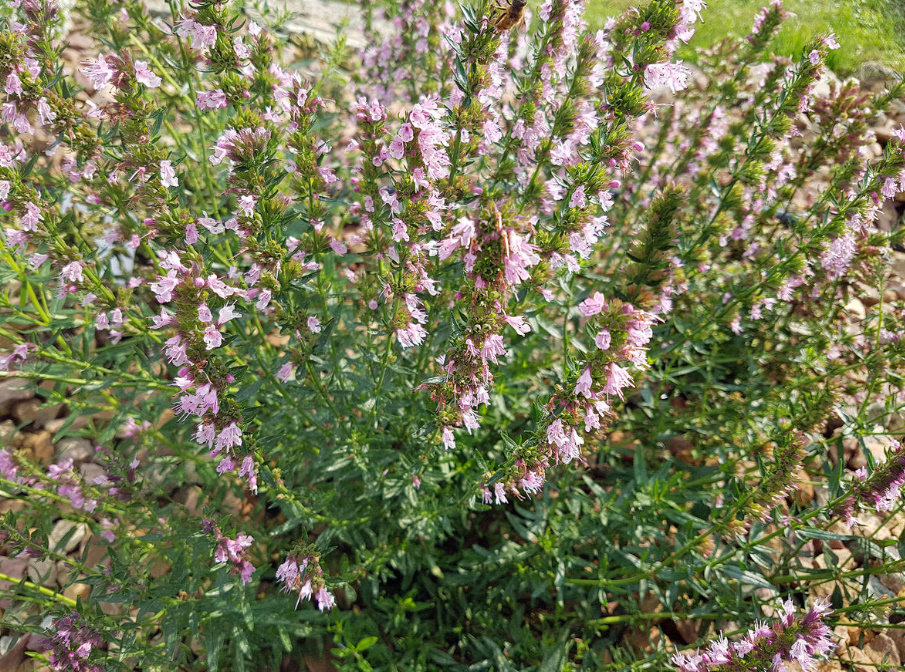
At a young age, especially in the first year after sowing, it is necessary to carefully weed out the weeds so that they do not choke and shade the sprouts. You can mulch the soil under the young bushes until they have grown: later hyssop itself will displace all weeds.
If you want to get a large number of flowering spikelets, pinch the plant several times, and it will branch stronger. However, it will be less high.
Reproduction of hyssop
Hyssop is easily propagated both by seeds and vegetatively: by cutting or dividing the bush.
Seed propagation
Purchased or self—harvested seeds are sown on seedlings at the end of winter – the beginning of the calendar spring, buried in a loose, well-moistened ground very little or even laying out superficially. The seedling bowl should be covered with an opaque lid (hyssop sprouts better in the dark), having arranged a greenhouse.
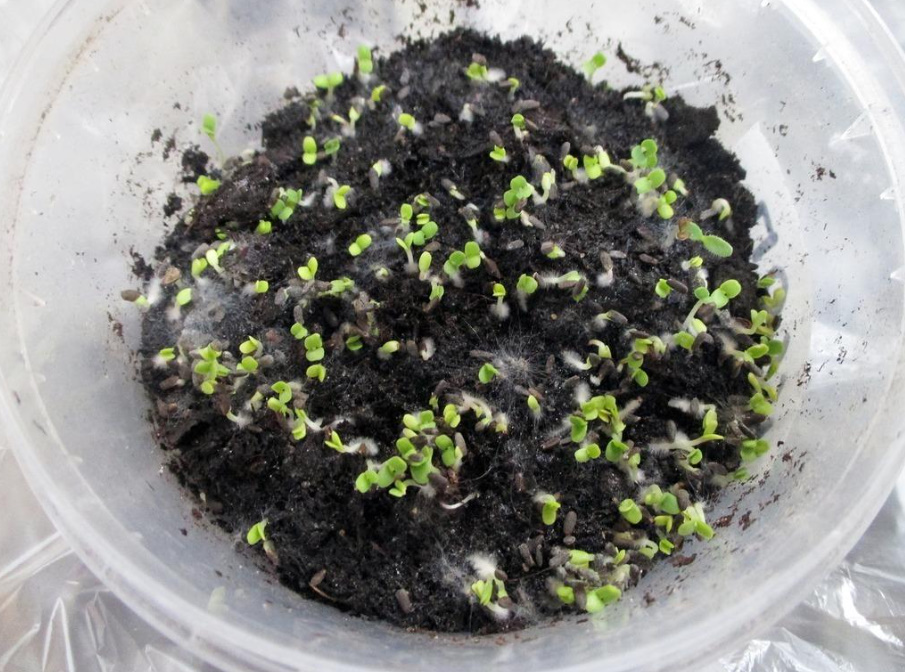
After 1.5-2 weeks, shoots appear, then the shelter is gradually removed. After another 10 days, the seedlings need to dive into separate cups or pull through, leaving a distance between the plants of about 15 cm. Hyssop seedlings can be planted in the open ground after the threat of recurrent frosts has passed. Plants are placed at a distance of 30-45 cm from each other.
You can sow the seeds immediately in the open ground. This should be done after the establishment of stable warm weather, starting in mid-May, when the soil has already warmed up. In the first year, the bushes do not gain full height, but they can bloom and even form seeds, but it makes sense to collect them starting from the second year of vegetation.
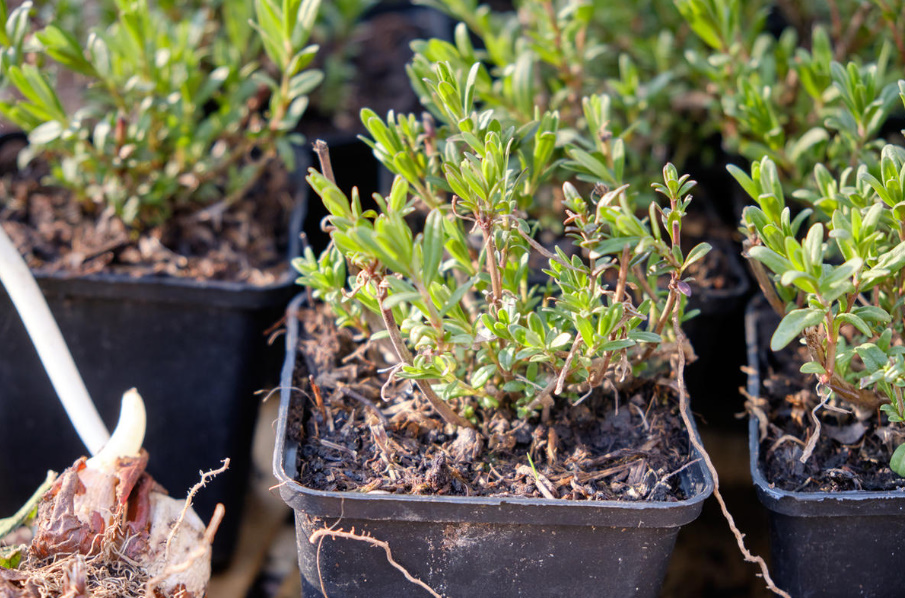
Cuttings
In the first half of summer (before budding), we cut green cuttings about 15 cm long with a sharp tool. It is desirable to use a segment from the lower half of the shoot. We remove the leaves from the bottom, leaving only in the upper node, and immediately plant them in a school with prepared light and loose earth. From above, we cover the stalk with a cut-off plastic bottle, creating greenhouse conditions.

As soon as you see that fresh leaves have begun to appear on the stalk, it means that rooting has been successful. Further care is needed the same as for seedling plants of the first year of life. True, hyssop blooms from a rooted cuttings only the next year, and grown from seeds — in the first season.
Division of the bush
This method of reproduction is the simplest. Around the sixth year of life, it is desirable to rejuvenate hyssop. The procedure is carried out in the spring, when the plant has woken up and you can see the young growth.
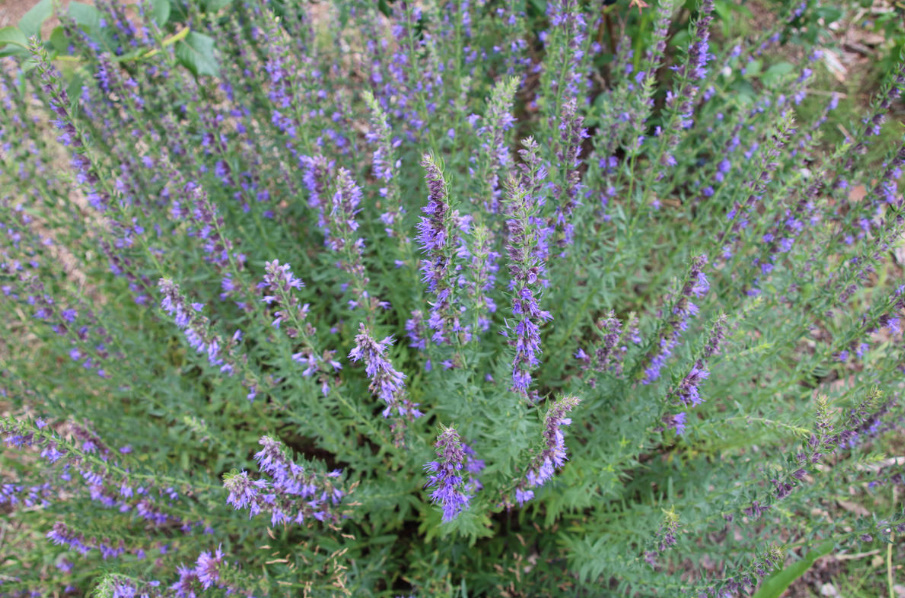
The bush is dug out, the root system is cut into several parts with a sharp knife. Each division should have a part of the roots and at least one awakened bud with a young green shoot. In advance, you need to prepare small planting pits, moisten them and plant the separated parts of hyssop there. You need to take care of other young seedlings, it is better to cover the ground around the plant with some kind of mulch.
Hyssop is a medicinal plant
The medicinal properties of this plant for interested gardeners often come out on top. Hyssop has long been used by herbalists to combat various ailments. First of all, folk remedies based on this plant were used for diseases of the respiratory system (bronchitis, pneumonia), digestive disorders, inflammation and pathologies of the urinary system, as well as for the treatment of skin damage and dermatological problems.
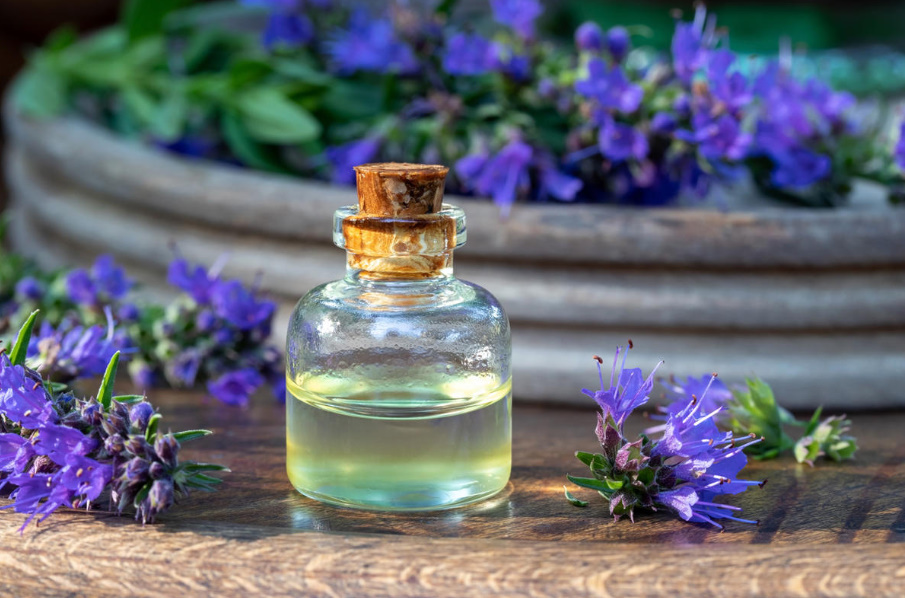
Do not forget that every medicine has contraindications, so before using folk remedies from hyssop, be sure to consult with your doctor.
It is necessary to prepare raw materials at the peak of flowering, when the content of useful substances becomes the highest. Cut flowers and leaves, and the workpiece can be combined with the forming pruning, which hyssop treats very calmly.
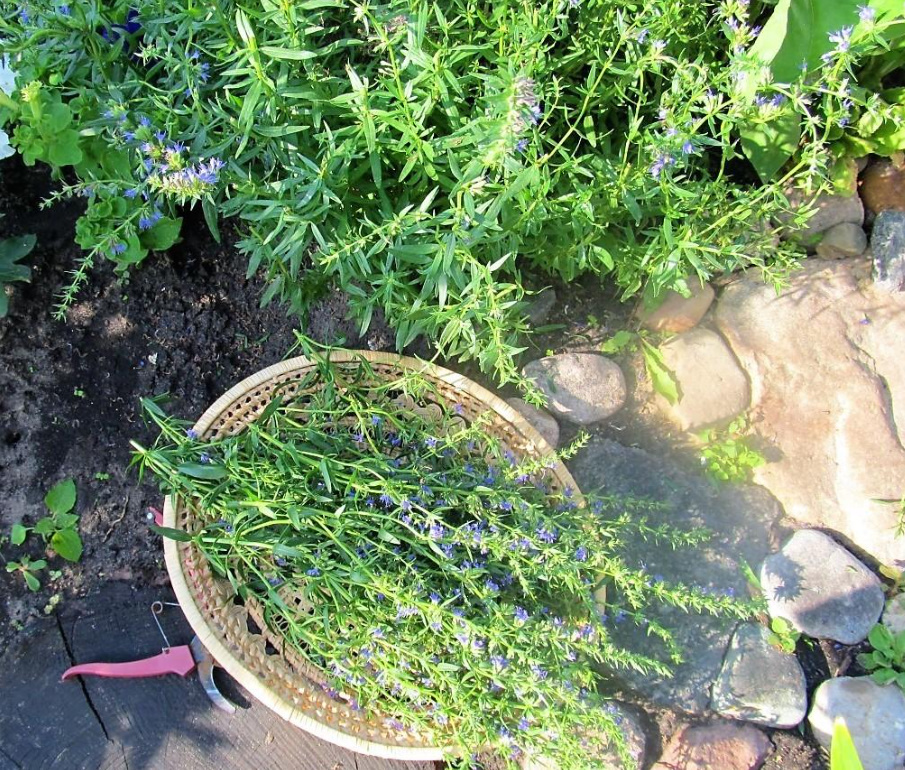
Hyssop in cooking
Dried and fresh leaves and young spikelets of hyssop are actively used by housewives in cooking. This is one of the most flavorful seasonings, and therefore it should be used carefully: excess can spoil the dish. Hyssop is added when cooking beef and other meat, it is poured into minced meat and pates, salads from fresh vegetables, flavored dishes from legumes. Hyssop leaves are put in jars with pickles, added to marinades. This spice is present in the famous hop-suneli mixture.
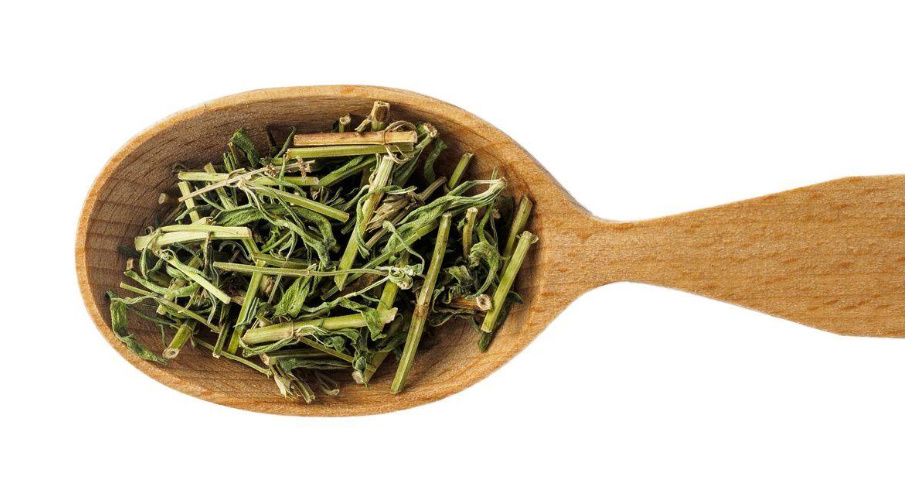
Do not forget that hyssop is very fragrant. You need to add it to dishes at the very end of cooking — and then do not cover the dish with a lid, otherwise meat or vegetables will be saturated with a pungent smell too much.
Using Hyssop in design
Hyssop is a low—key, but very cute plant. It can be a great addition to flower beds, shading and emphasizing other, brighter flowers. Lush hyssop bushes also look good in mono landings, creating pink, white or blue clouds. If you decide to plant hyssop of different colors together, note that the varieties must be of the same height in the adult state.
Hyssop, due to its rather modest requirements for cultivation, is well suited for placement on alpine slides and rockeries.
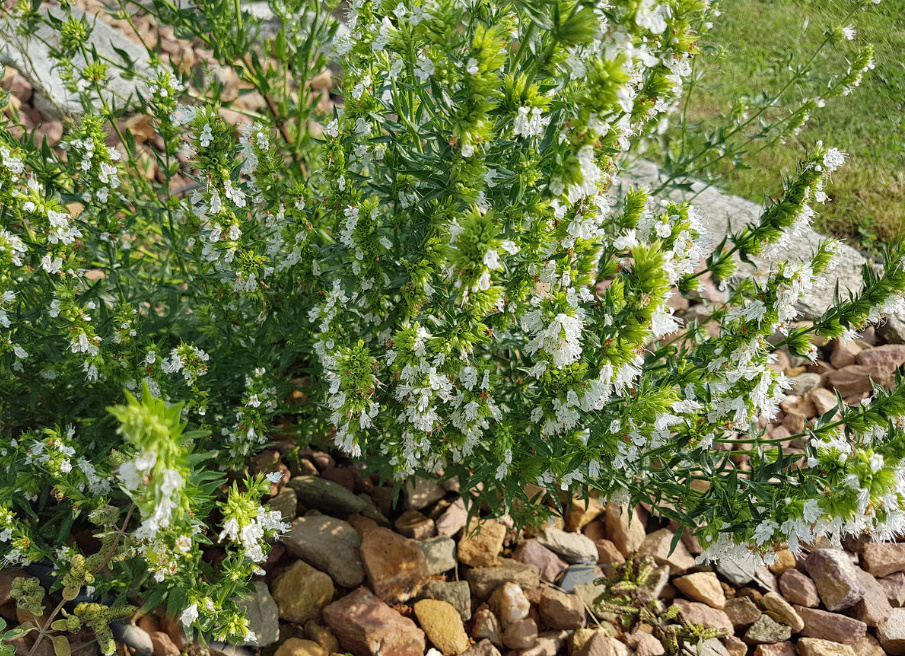
See what a wonderful border can be grown from hyssop, and at the same time, when cutting, collect a large amount of medicinal raw materials.
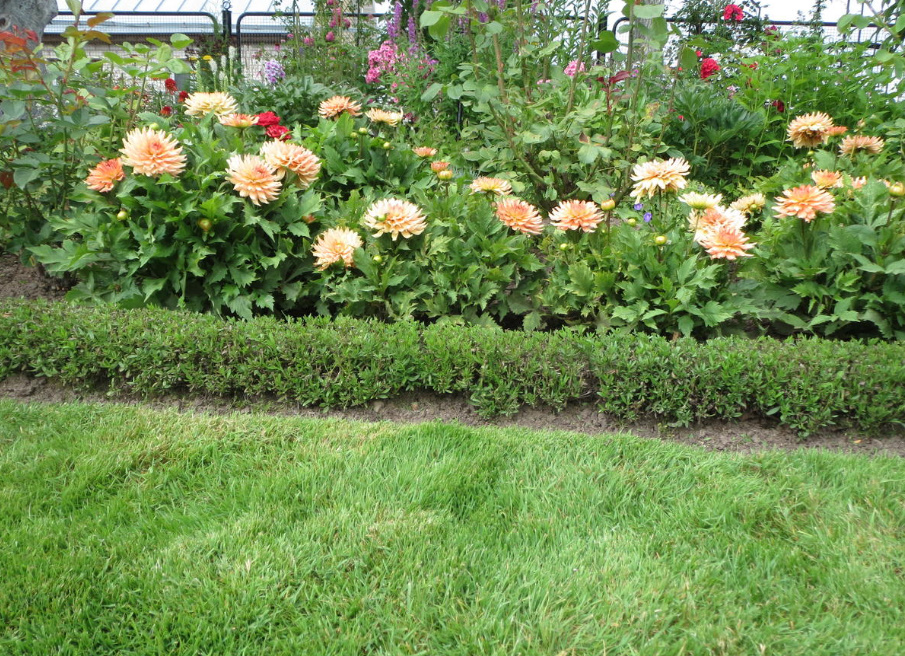
Hyssop goes well with other flowering perennial plants.
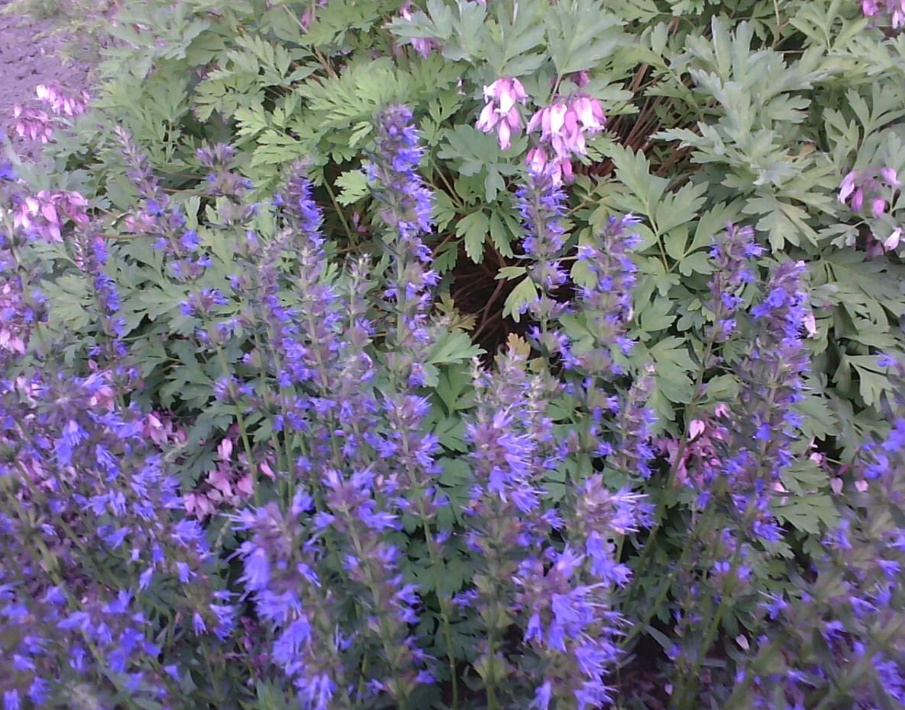
As a rule, the following varieties are chosen for cultivation with decorative purposes:
- ‘Pink’,
- ‘Pink Mist’,
- ‘Pink Flamingo’,
- ‘Shira blue’,
- ‘Amethyst’,
- ‘Chord’.
Hyssop creates a calm atmosphere around itself, brings peace and serenity. No wonder it is considered a biblical plant: in ancient times, priests sprinkled parishioners with holy water with a small broom of its twigs. Hyssop will not be superfluous in any garden — large or small, arranged in a landscape or regular style.
Are you familiar with this plant? If it has settled on your site for a long time, share your impressions about the neighborhood with it in the comments.
